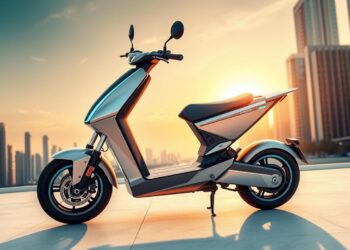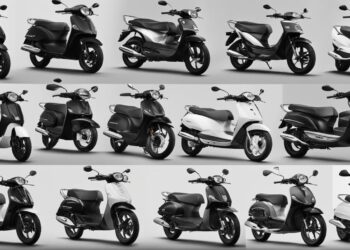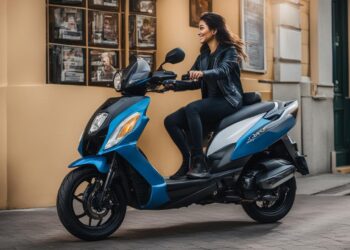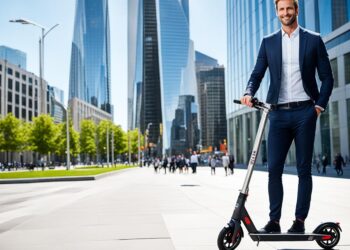If you own a Vespa or plan to get one, mastering the art of parking is essential to ensure the safety of your vehicle and those around you. Parking a Vespa may seem straightforward, but there are several nuances to consider to avoid accidents and damage. In this guide, we will walk you through the step-by-step process of how to park a Vespa properly, covering various scenarios and challenges you might encounter.
Whether you’re a beginner or an experienced rider, this article will equip you with the knowledge and expertise to park your Vespa with confidence.
How To Park A Vespa Properly?
Parking your Vespa correctly is not only about finding a vacant spot but also about ensuring its stability and minimizing risks. Follow these simple yet crucial steps to park your Vespa properly:
1. Choose a Suitable Parking Spot
When looking for a parking spot, prioritize safety and convenience. Aim for well-lit areas with good visibility, preferably close to your destination. Avoid obstructing pedestrian paths, fire hydrants, or other vehicles.
2. Assess the Surface
Before parking your Vespa, check the surface for stability. Avoid parking on uneven terrain, loose gravel, or muddy patches, as these can cause the scooter to tip over.
3. Align Your Vespa
Position your Vespa perpendicular to the curb or boundary lines. Ensure that the scooter is parallel to other parked vehicles and doesn’t protrude into the roadway.
4. Engage the Parking Brake
Always engage the parking brake to prevent the Vespa from rolling when parked. Double-check that the brake is fully engaged before leaving your scooter.
5. Use the Center Stand
If your Vespa is equipped with a center stand, utilize it for added stability. Place the stand down firmly on a flat surface, making sure it locks in place.
6. Turn Off the Engine
Turn off the Vespa’s engine to prevent any accidental movement while parked. This step is crucial for both safety and environmental reasons.
7. Lock Your Vespa
Invest in a high-quality lock and secure your Vespa to a fixed object, such as a bike rack or lamppost, to deter theft.
8. Check Surroundings Before Departing
Before leaving your parked Vespa, scan the area for any potential hazards or obstructions. This proactive approach can prevent accidents when you return to ride.
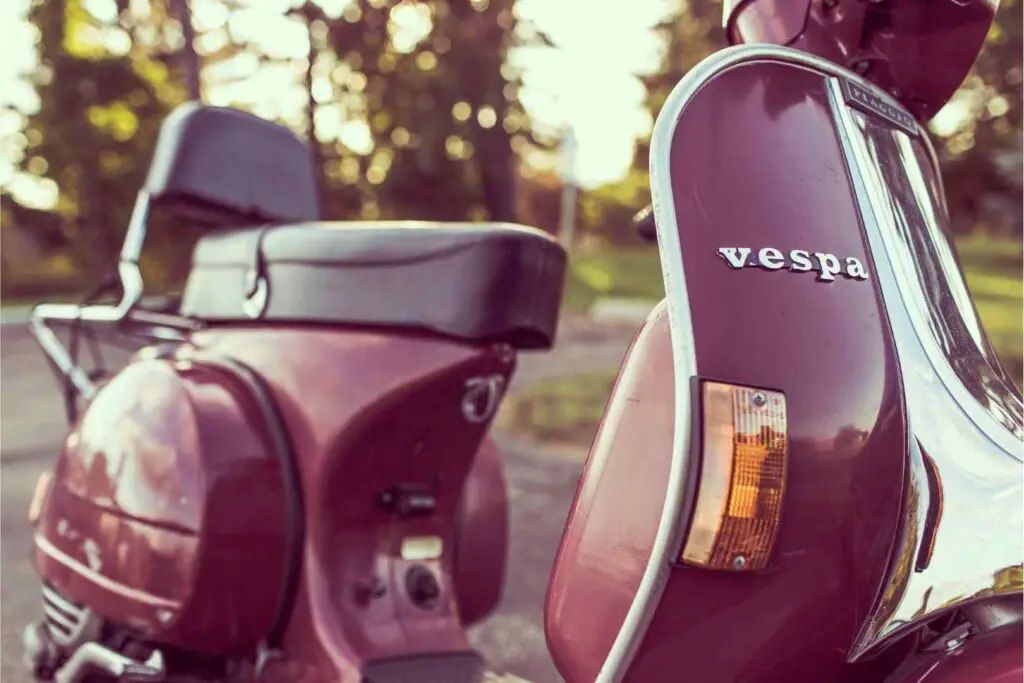
Parking Tips for Different Scenarios
1. Parking on Inclines
When parking on a hill or incline, always turn your front wheel towards the curb. This way, if the scooter were to move, it would be stopped by the curb, reducing the risk of it rolling down the hill.
2. Parallel Parking
Parallel parking can be challenging but is often necessary in busy urban areas. Practice in an empty parking lot to improve your skills. Start by positioning your Vespa parallel to the curb, leaving enough space to maneuver.
3. Parking in Crowded Areas
In crowded areas, finding a parking spot can be difficult. Be patient and avoid squeezing your Vespa into a tight space. It’s better to walk a bit further than risk damaging your scooter.
4. Parking for Extended Periods
If you plan to leave your Vespa parked for an extended period, consider covering it with a weatherproof tarp or parking it indoors to protect it from the elements and potential theft.
5. Parking at Night
When parking at night, opt for well-lit areas and avoid secluded spots. Consider using a bike cover with reflective strips to make your Vespa more visible to others.

Frequently Asked Questions
Q: How can I prevent my Vespa from tipping over while parking?
A: To prevent tipping, always park on stable surfaces, engage the parking brake, and use the center stand (if available). Avoid parking on uneven or slippery terrain.
Q: Is it necessary to use a lock even in a safe neighborhood?
A: Yes, it’s essential to use a lock regardless of the neighborhood. Vespa thefts can happen anywhere, so investing in a sturdy lock provides added security.
Q: Can I park my Vespa on the sidewalk?
A: Parking regulations vary by location. In some areas, parking on the sidewalk is allowed, while in others, it’s prohibited. Check local laws and restrictions before doing so.
Q: What should I do if I can’t find a parking spot?
A: Stay patient and continue looking for a suitable spot. Avoid parking illegally or in areas that pose a risk to pedestrians or other vehicles.
Q: Is it necessary to carry a parking mat for my Vespa?
A: While not essential, carrying a parking mat can be beneficial when parking on soft or muddy surfaces, as it provides additional stability.
Q: Can I leave my Vespa parked with the engine running?
A: No, it’s not safe to leave your Vespa with the engine running. Always turn off the engine to prevent accidents and conserve fuel.
Conclusion
Parking a Vespa properly is a skill that every scooter owner should master. By following the steps and tips outlined in this guide, you can ensure the safety of your Vespa and enjoy a worry-free parking experience. Remember to prioritize safety, follow local parking regulations, and invest in quality security measures. Whether you’re navigating through crowded streets or parking on a hill, your Vespa will be in good hands if you park it properly.




